I have had my GLC for a few years now. It is a pre-2020 model, mild hybrid. On paper, that sounded forward-thinking when I bought it. In practice, the electric motor is barely noticeable. It smooths out start-stop a little and maybe helps in traffic, but the petrol engine does all the work. If no one had told me it was a hybrid, I probably would not have known.
That said, the car has been exactly what I hoped for. Comfortable, solid, and easy to trust. The kind of Mercedes that fits into your life rather than taking it over. But when I look at what the brand has done with the latest GLC, I cannot help but feel like mine belongs to an ancient chapter. The shape is familiar, but everything else has moved on.
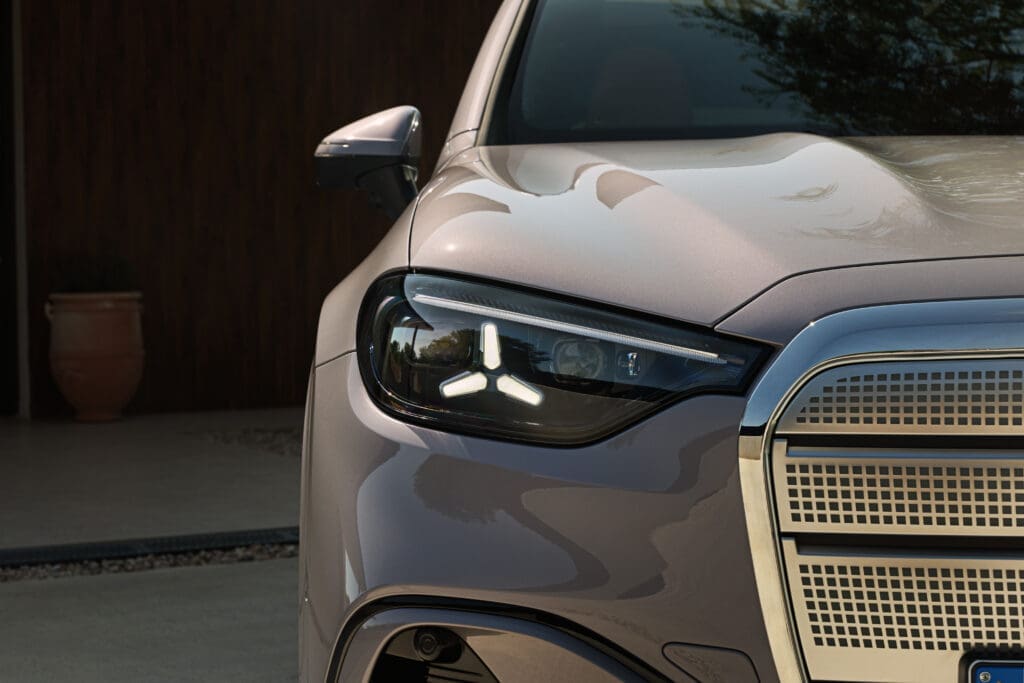
A Dashboard from Another Era
The clearest sign of age in my car is the dashboard. The infotainment feels like it was designed in the middle of a transition, when buttons were still holding their ground against screens. It works, but it never feels natural. The screen is modestly sized, the graphics basic, and the voice control has never been more than a party trick.
The new GLC replaces that with a 99.3-centimetre MBUX Hyperscreen. It stretches from one side of the dashboard to the other and merges driver, central and passenger displays into a single surface. Early reports suggest it is crisp, responsive, and adaptable, with lighting and themes that change the entire mood of the cabin. It looks less like a gadget and more like part of the car’s architecture.
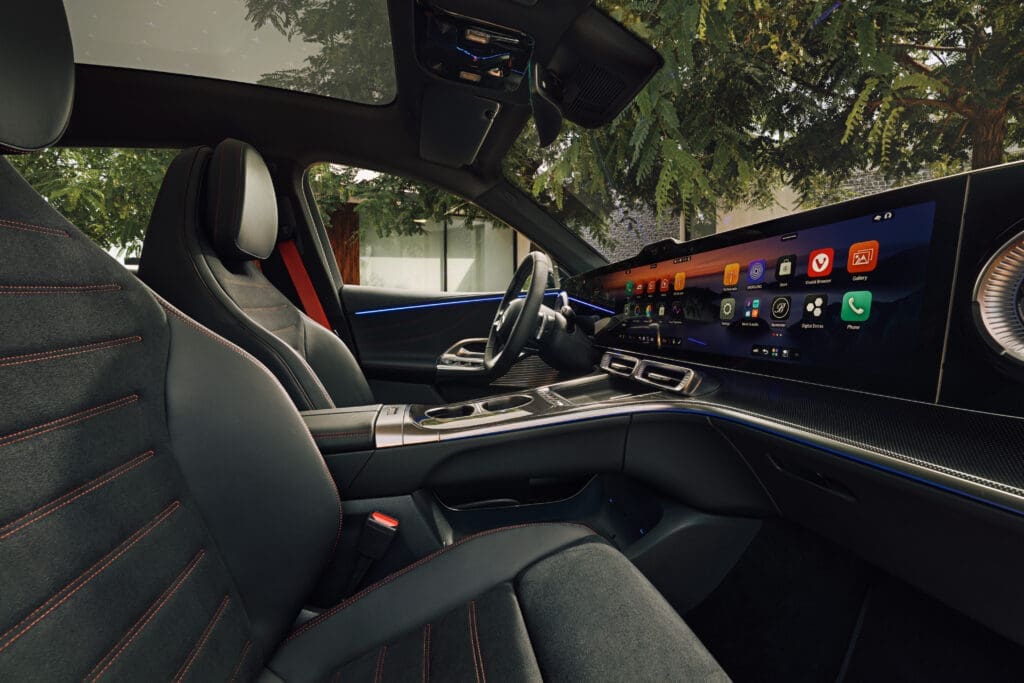
Rethinking Materials
One of the quieter innovations is the new Vegan Package, which has been certified by The Vegan Society. Mercedes worked with suppliers to eliminate animal-based products from every touchpoint, right down to adhesives and dyes. The seats use high-quality leather alternatives, the steering wheel and headliner follow suit, and even the carpets and boot trim qualify.
My car has traditional leather and it has worn well, but this kind of shift matters. It shows that luxury materials can evolve without losing their sense of quality. For Mercedes, it also means being the first carmaker to have an entire interior certified in this way. Whether or not I would choose that option, it is a sign of the direction things are heading.
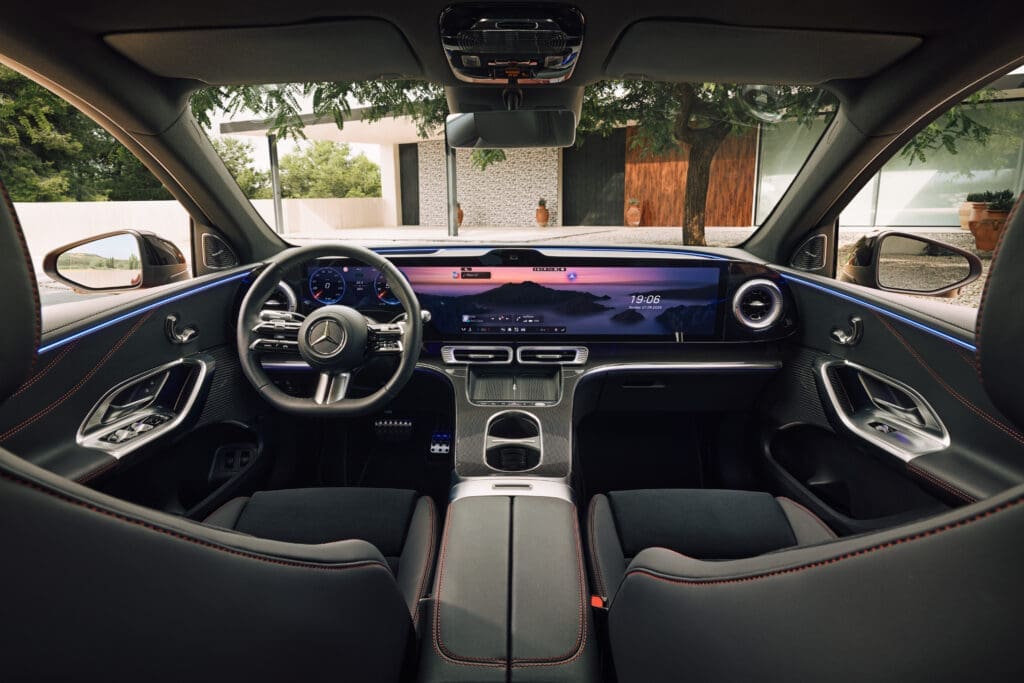
Electric That Feels More Complete
The mild hybrid system in my GLC is so subtle that it doesn’t change the way the car feels. The new model takes a much different approach. Built as an electric-first SUV, it offers a claimed range of up to 713 kilometres in the GLC 400 4MATIC. With an 800-volt system, it can recharge up to 303 kilometres in ten minutes at a fast charger. It is also designed for bidirectional charging, so the car can supply power back to a home or even the grid.
On the road, the hardware looks equally advanced. Adaptive air suspension, rear-axle steering with up to 4.5 degrees of angle, and a braking system that can recover up to 300 kW during deceleration.
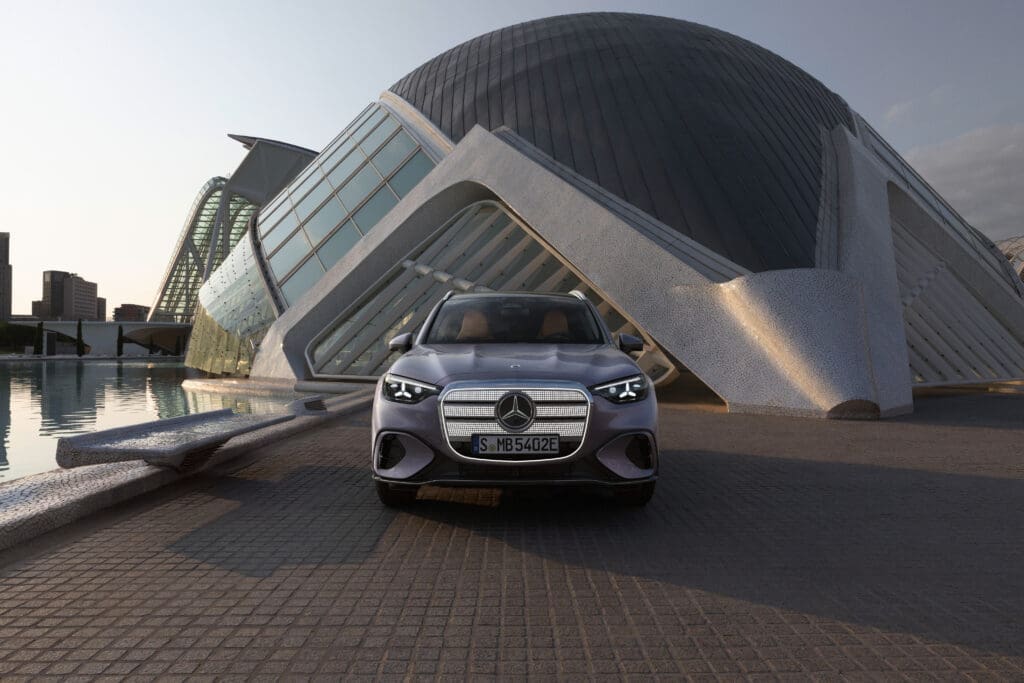
Space and Practicality
One thing that has always made the GLC easy to live with is its practicality. The new version has grown in useful ways. The boot holds 570 litres with the seats up, or 1,740 litres when they are folded down. There is also a front compartment with 128 litres of space, enough for charging cables and smaller bags. Towing capacity has increased too, with the electric GLC capable of pulling up to 2.4 tonnes, making it one of the few electric SUVs that can confidently handle larger caravans or trailers.
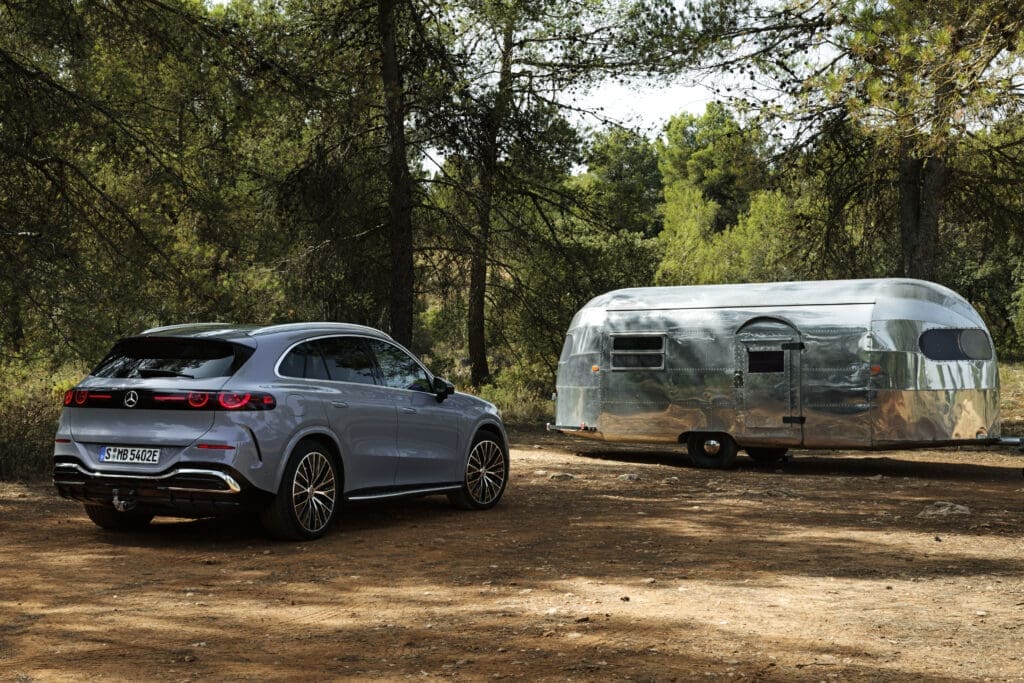
Familiar Yet Changed
What I find reassuring is that the proportions remain recognisably GLC. It is not oversized or aggressive, and the character of the model has not been abandoned. The new one has simply grown into its role more fully. It balances refinement, space and capability with the kind of technology that feels future-ready.
I am not rushing to replace mine. It still suits the way I drive, and I know it well. But looking at the new version, I see how quickly things can change in only a few years. The new one shows what the next chapter of this car looks like.
Read more about cars here.